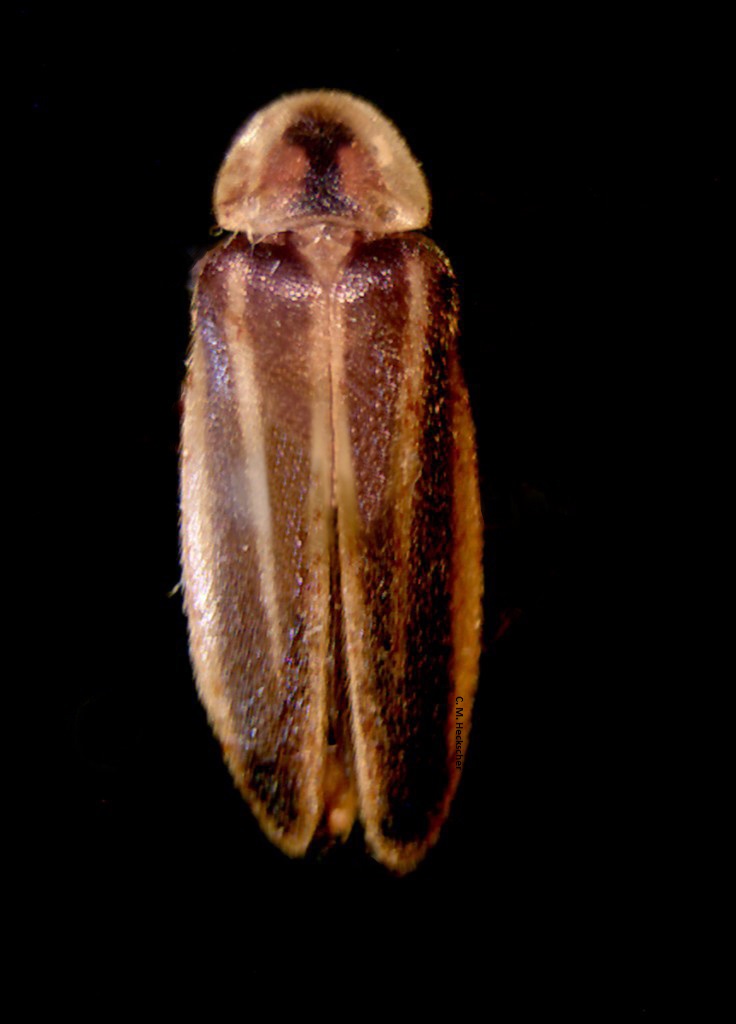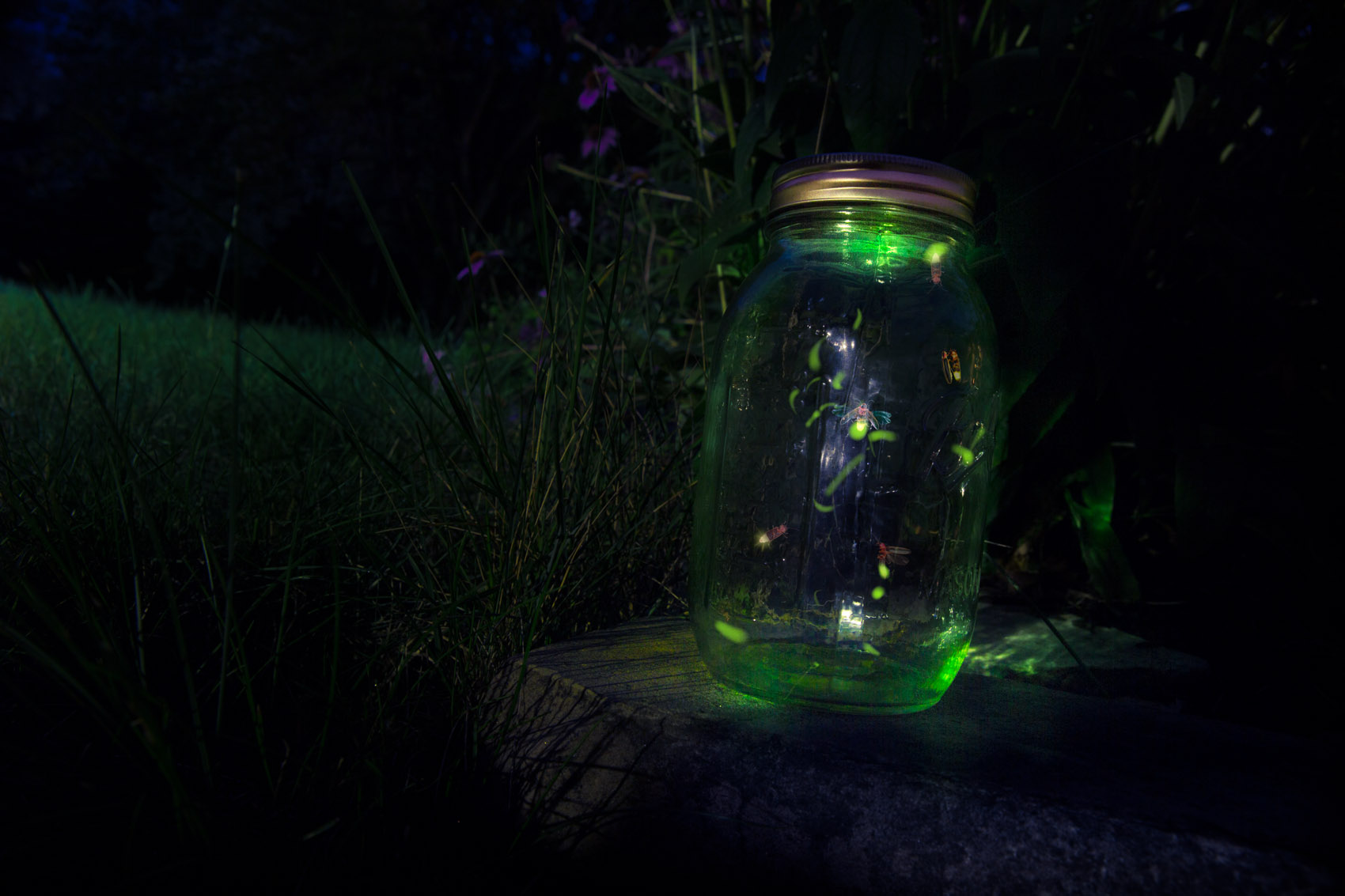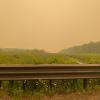The Xerces Society and the Center for Biological Diversity have submitted a joint petition for the emergency listing of the Bethany Beach firefly (Photuris bethaniensis) under the federal Endangered Species Act.
UPDATE: As of December 18, 2019, the U.S. Fish and Wildlife Service has announced a positive 90-day finding for the Bethany Beach firefly and is initiating a full status review of the species. This means the species is one step closer to becoming the first firefly protected under the Endangered Species Act. See press release here.
The Xerces Society and our conservation partners at the Center for Biological Diversity have submitted a joint petition for the emergency listing of the Bethany Beach firefly (Photuris bethaniensis)—with a request for the concurrent designation of critical habitat—under the federal Endangered Species Act (ESA). The Bethany Beach firefly is a rare and declining bioluminescent beetle currently known only to inhabit a narrow swath of coastal habitat along the Atlantic shore of Delaware—some of which is already undergoing development. It is the state’s sole recognized endemic species (occurring only within that state), and is already listed as a state endangered species. However, no concrete regulations currently exist to protect the Bethany Beach firefly and its habitat. An emergency ESA listing would protect this species from imminent extinction by addressing current threats, including habitat loss and fragmentation.

This species is on the brink. The firefly’s largest known population has already been disrupted, and its habitat is slated for further development. This area is a swale—a low marshy area between sand dunes—that has already been partially destroyed by the building of elevated driveways. This construction is intended to give access for future 4-bedroom coastal houses within the Tower Shores development just north of Bethany Beach in Sussex County, DE.
Aside from this site, the Bethany Beach firefly is known to inhabit only six other swales across a 32-kilometer (approximately 20-mile) stretch of coast. Historically, it is possible that this species’ range extended to other sites along the northern Atlantic coast, but surveys in adjacent states have been unsuccessful in locating further populations.
In addition to coastal development, major threats to this species include decreased water quality, recreational activities and related infrastructure, habitat fragmentation, light pollution, pesticides, and climate change-induced sea level rise, increased incidence of severe storms, and increased temperatures and phenological shifts (changes in the timing of a species’ life cycle events). Loss of larval prey species, invasive plants such as the common reed (Phragmites australis), and disease or predation may be impacting the Bethany Beach firefly as well.
The Bethany Beach firefly was first described by Frank A. McDermott in 1953. A relatively small firefly, this species can be distinguished by the double green flash given off by adult males in search of mates. Bethany Beach firefly adults are active after full darkness, which is later than other Photuris fireflies found in the area. Like many other firefly species, larvae of this species are voracious predators of soft-bodied invertebrates like snails, slugs, and earthworms—making them key to keeping ecosystems in proper balance.
This firefly depends on an uncommon ecosystem type—interdunal freshwater swales—to complete its life cycle. These habitats form in barrier beach systems in the shallow depressions found between sand dunes. While brackish swales can be found all along the east coast, freshwater swales are less common, characterized by saturated soils that are seasonally inundated by freshwater from aquifers and recharged with rainfall. Organic matter that builds up in the swales provides habitat for Bethany Beach firefly larvae, which hunt along the soil surface and pupate in chambers just under the soil surface or under logs.

Without immediate action, it is clear that the Bethany Beach firefly faces extinction. Existing regulations fail to protect the freshwater habitat needed by this firefly, and furthermore fail to address the life history needs of the species itself. Listing the Bethany Beach firefly will provide the protection it needs to survive, while also protecting an uncommon habitat type that is home to many other unique species. We hope the U.S. Fish and Wildlife Service will quickly take action to protect this special animal—one that could become an ambassador for freshwater wetland health in the state, and an important conservation icon as Delaware’s only known endemic species.
The magical glow of fireflies permeates summertime childhood memories for many people, and their decline would be a significant loss for both human enjoyment and natural ecosystems. While anecdotal reports of firefly declines in the U.S. have become common, researchers are only beginning to understand the conservation status and extinction risk of the nearly 170 described species of fireflies that occur in the U.S. and Canada. The Bethany Beach firefly is an exception because its high vulnerability to extinction is well understood. In addition to continuing our work to protect all of our firefly species, we must act now to prevent the Bethany Beach firefly from blinking out forever. By doing so, we can help ensure that future generations have a chance to encounter the green flash of these incredible beetles on warm summer nights.
Further Reading
Read the press release for the Bethany Beach firefly petition.
Read the Bethany Beach firefly petition itself.
Learn more about the Xerces Society’s Endangered Species Conservation Program.




